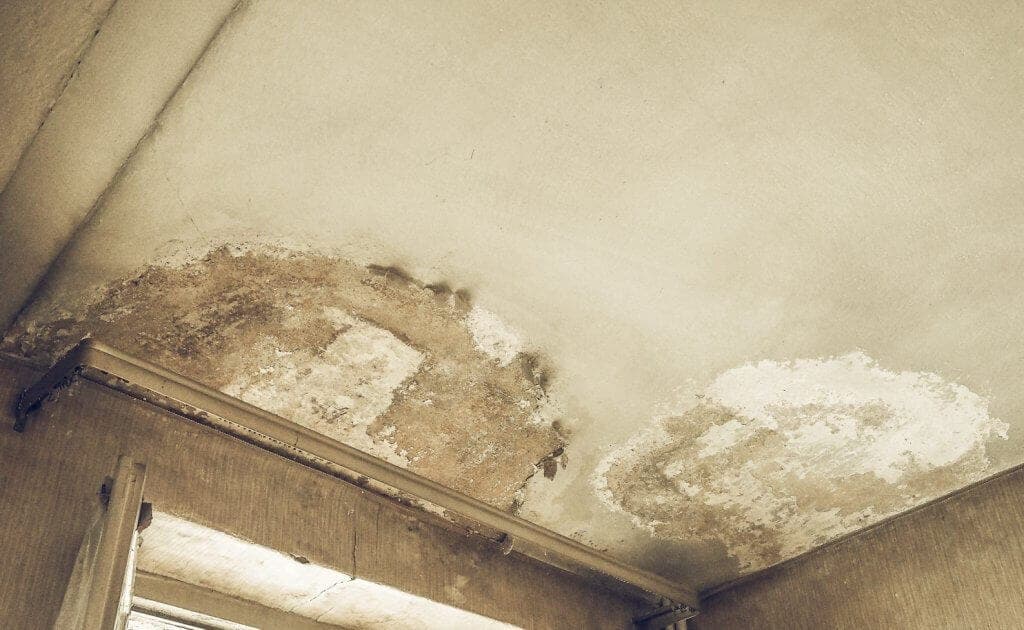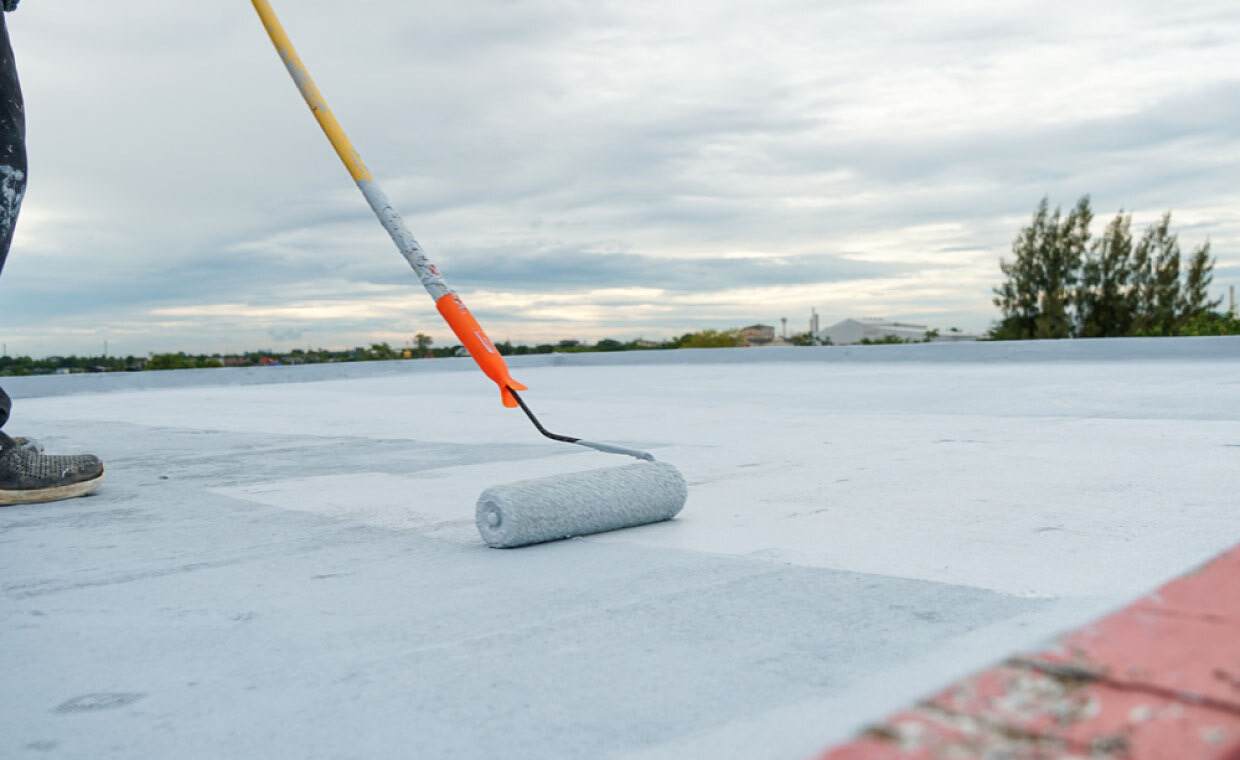
The leakage and seepage in the house are the most chronic problem which occurs from time to time just after completion of the house or at a later stage of completion during its life. It has been found that sincere and hard efforts of design and construction team are highly affected due to the above chronic problems, which may occur due to various reasons.
These problems occur on the underground basements, bathrooms and toilets, terraces, balconies, and other areas affected by rain water directly, overhead water tanks, plumbing joints, kitchen, etc.

From the viewpoints of its occupants, building waterproofing is important because it keeps a building dry. It also reduces internal humidity, making a building more comfortable to work in and protecting objects inside the building from damage as a result of humidity or water exposure. However, building waterproofing is also important to the integrity and durability of the building itself.
Water damage can be a serious issue in a structure. With water, there will arise host of other problems which can undermine foundations, make conditions in the building unsafe, and damage property inside the building. Wooden buildings can suffer rapid decay from water exposure. Water penetration can also damage to concrete and other building materials, especially in cold climates where water may freeze and cause cracks. Insufficient waterproofing can be a problem throughout the year, and not just during the rainy season.
If waterproofing is not properly done the structure or the building will undergo severe damages or stresses, and its life will be reduced. It will also affect the health of occupants.
Types of Damages Due to Water Leakage
The different types of damages that may occur to the building are as below:
01. The harmful or undesirable effects due to leakage in the buildings are many. When water penetrates into the foundation, cracks develop due to the unequal settlement of foundations which may ultimately result in structural failure and sometimes difficult to repair.
02. Dampness in floors will cause not an only settlement of floor resulting in cracking or uprooting of floor tiles but will also create safety and health problems. Floors become slippery causing a safety hazard for the occupants.
03. Unsightly marks appear in the wall faces due to dampness and seepage resulting in efflorescence and discoloration. The paint on the plastered surface will peel off at many locations making paint applications ineffective and the room or building will look ugly due to discoloration as well as ugly patches. However, the right paint will never survive on damp walls.

04. Damages to furniture, cloth and other household items, books, papers, etc., are some of the undesirable and serious damages and effects.
05. Dampness attracts and breeds termites leading to unhygienic conditions, ill-health and discomfort to the inhabitants.
06. If wardrobes are on external walls of a house and when ply has been used for wardrobes, it may happen that the termite will destroy the wardrobes totally and you will have to redo it from scratch. The termites if allowed to spread further can also damage RCC structure causing huge damages and huge repair cost may arise.
07. In toilets and depressed floors, nuisance is caused not only in the particular floor but also in the floor below or on sides. This is a major nuisance and point of disputes, particularly in high-rise building flats. This will cause the lot of uncomfort.
08. In many cases, the durability of the structure itself is seriously affected. The concrete deteriorates and the steel corrodes. Because of corrosion cracks will start developing which will again invite additional moisture from air accelerating corrosion and also invite CO2 which will ultimately result in loss of alkalinity of concrete. This will further aggravate corrosion. Thus the vicious cycle continues and cancer in the building sets in. A day will come when repairing corrosion damaged structures would be more difficult and even costlier than making it entirely new. If continuously ignored this may lead to total collapse of RCC building.
09. Due to dampness, safety problems are created in the electrical installations and wiring causing the short circuit, fire hazard and damage to electrical installations. This may cause accidents like an electric shock and also fire in the building or damage to electronic appliances.
10. In laboratories and technical buildings meant for scientific purposes, humidity due to dampness creates failures of sophisticated electrical and electronic equipment. The cost involved to attain specific levels of temperature and humidity is quite high. In residential buildings, the cost of a/c will increase.
11. The moisture in floor tiles will cause its expansion leading to its expansion resulting in tenting or buckling of tiles.
12. The moisture will cause wooden members to expand, resulting in difficulty in the closing of doors and windows.
13. There would be cracks everywhere which would make you feel unsafe and invite other structural as well as non-structural problems apart from ugly appearance.
Therefore, special care should always be taken to make the structure free from leakage and seepage. One has to understand the cause of occurrence as well as the effect of the treatment proposed to resist the water seepage and leakage. In recent years, the lot of developments has taken place in both materials and technology. The waterproofing treatment may be done during construction or in post-construction stage depending on the situation.
































